|
|
Post by Tom A. Saiyan on Feb 1, 2014 7:06:40 GMT
UST gets a new gym
by Francis T. Wakefield
Source: Manila Bulletin | August 7, 2008
The construction of a 5,792-seater University of Santo Tomas (UST) gymnasium is now in full swing after university officials, led by Rector Rolando V. de la Rosa, O.P., led its groundbreaking ceremonies last week.
The construction of the P600-million, state-of-the-start, four-storey gymnasium, designed by Thomasian architects Jose Pedro Recio and Carmelo T. Casas, will be done as part of UST's quadricentennial celebration in 2011.
The four-storey sports complex will house a basketball court, with bleachers to accommodate 5,792 patrons. Aside from basketball, the complex will also house the facilities for badminton, fencing, table tennis, indoor track, dancing, gymnastics, and a fitness center. There will also be classrooms, administrative offices, and space for food concessionaires. A multi-level parking space will also be built outside the gymnasium.
When the old UST gymnasium (located near P. Noval. St., in Sampaloc) was first built in the 1940s, UST only had 3,000 students. Today, after more than 60 years, the population has ballooned to almost 40,000. Aside from students, UST is also the home of 1,600 faculty members, 600 professional support staff, 1,400 employees of the UST hospital and 150,000 parishioners of the UST Santissimo Rosario Parish.
Fr. De la Rosa said the UST gym used to be the biggest in the country, a favorite venue for university affairs like graduation ceremonies, eucharistic celebrations, college anniversaries, rallies and dance concerts.
The new gym, Fr. dela Rosa added, will be more than just a place for events and ceremonies as it will serve as a monument to the unique and unparalleled holistic sports development program of the university. It will become part of the UST Sports Complex, and will become the home of the UST varsity players and the Growling Tigers.
The new gym will also serve as a museum that will enshrine all the trophies, medals and other memorabilia of various UAAP championships the university has won throughout the years. Championship banners will also hang from the rafters of the gymnasium.
ALUMNI SUPPORT
A number of UST's former basketball stars took time out and joined the ground breaking ceremonies. They include former Glowing Goldie superstar and three-time former PBA MVP Bogs Adornado, 1995 PBA rookie-of-the-year Dennis Espino, former UAAP Most
Valuable Player (MVP) Christopher Cantonjos, former UAAP juniors MVP Gerald Francisco, Purefoods Giants player Rey Evangelista, former pro Estong Ballesteros, Red Bull players Cyrus Baguio and Jojo Duncil, who won the 2006 Finals MVP, and Welcoat superstar Nino Gelig.
Also present were UST basketball head coach Pido Jarencio, who played for UST in the early 80s and his coaching staff, Mrs. Felicitas Francisco, UAAP board member, Thomasian and Olympian Tshomlee Go who will compete in this year's Beijing Olympics.
Fr. de la Rosa, was joined in the lowering of the time capsule (which contains the plans for the building, a copy of the Academia Magazine, current newspapers, and other memorabilia of the present) by Rev. Fr. Ermito de Sagon, IPEA director; Angelo Salvador Cachero, president of the Central Student Council and Architect Casas.
Rev. Fr. Isidro C. Abano, O.P., secretary general, UST, acted as the master of ceremonies. The UST gymnasium is expected to be finished by 2010.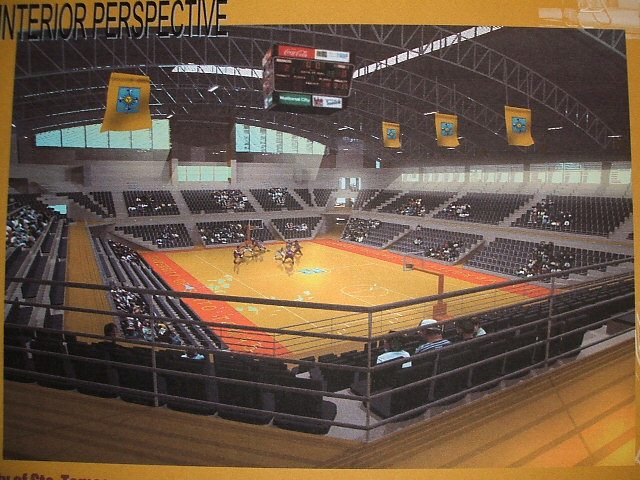  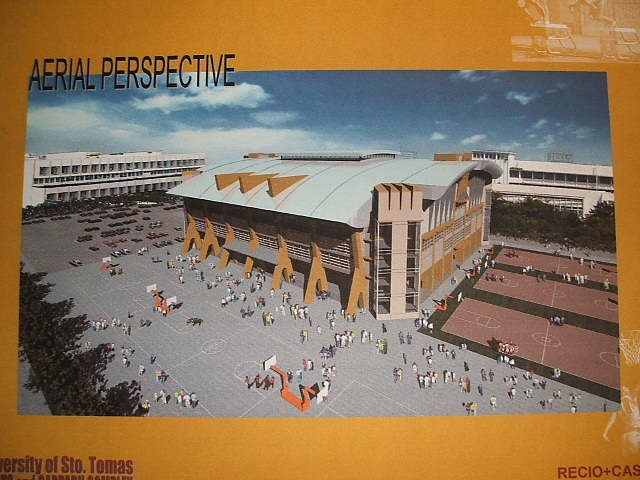
|
|
|
|
Post by Tom A. Saiyan on Feb 1, 2014 7:12:07 GMT
ang ipapalit sa old gymnasium...

ang laki ng pinagkaiba sa dating plano...
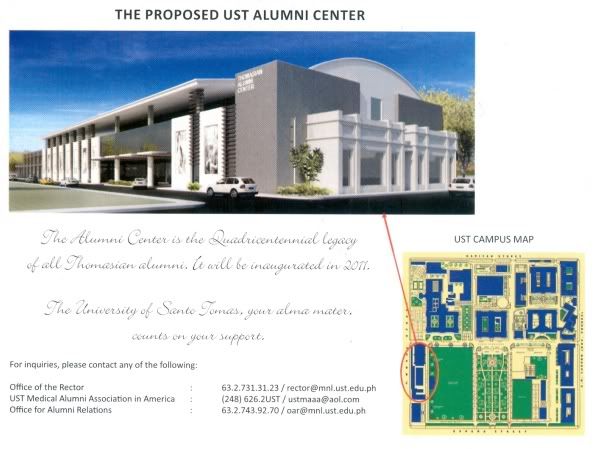
Credits to owners...
|
|
|
|
Post by Tom A. Saiyan on Feb 1, 2014 7:15:38 GMT

Construction workers disassemble parts of the Engineering sports complex near the España gate to pave way for the construction of a new four-story sports complex in time for UST’s quadricentennial anniversary in 2011. Inset is the miniature model of the complex that will house a basketball court, an indoor track, and pool, among others. Photo by GIANNINA NICOLAI P. MELICOR
Vatican OKs sports complex
By Charizze L. Abulencia and Mary Athena D. de Paz
FINALLY, a sports complex fit for champs.
Construction has begun for the nearly P800-million UST Sports Complex after the Vatican gave its “blessing” to the project, which the University aims to complete in time for its quadricentennial celebration.
University officials sought the Holy See’s approval early this year apparently to avoid a repeat of the 2007 cancellation of the P3-billion project to redevelop the UST Hospital, which the Dominican hierarchy had found to be in violation of ecclesiastical law. UST is a Pontifical university, directly under the supervision of the Pope.
But in a letter dated April 20, Undersecretary Fr. Sebastiano Paciolla, O.P. of the Congregation for Institutes of Consecrated Life and Societies of Apostolic Life under the Holy See said there was actually no need for Vatican clearance since the amount required to build the four-story gym – P788,676,000 -- was below the ceiling set by the Catholic Bishops’ Conference of the Philippines.
“The cost of [investment for the gym] is met from the internal resources of the University, and thus does not adversely affect its patrimonial situation,” Paciolla stated. “Neither does the project involve any mortgage, lien, loan, renting or leasing in the sense of ‘alienation.’
The letter was in response to the request for approval sent to the Vatican by Fr. Roberto Ombres, O.P., procurator of the Order of Preachers, on behalf of the Dominican Master General Fr. Carlos Azpiroz Costa, O.P. last March.
Michael Malicsi, executive assistant to the Rector, said the letter was some sort of a “clearance” from the Holy See, noting the scrapping of the project to build a 19-story hospital tower nearly two years ago.
The Dominican Master General had found the P3-billion loan from a syndicate of banks too big and declared the hospital’s separation from the University illegal, citing Canon Law. This led to a sudden leadership shake-up that saw the resignations of then rector Fr. Ernesto Arceo, O.P., and two others.
The proposed sports complex, designed by architects Jose Pedro Recio and Carmelo Rosas, will cover the entire land area occupied by the Engineering sports complex and an adjacent football field.
The gym will be converted into an alumni center (see related story).
The 65.98 x 76-square-meter structure will house training areas for gymnastics, aerobics, censored wordkwondo, judo, table tennis, fencing, and badminton at the ground floor. It will also include a ticket counter, a museum, a guidance and counselling office, a dance hall for the Salinggawi Dance Troupe, a fitness room, a canteen concessionaire, a bank, and the offices of the College of Rehabilitation Sciences.
The main basketball court, surrounded by bleachers rising up to the fourth floor of the building, will be at the center of the second floor, while an indoor track will be built on the third floor. The rooms in the sports complex will also be equipped with sound-proof technology to minimize noise.
Varsitarian
Dapat magkaroon na rin ng bagong write-up ang Varsi tungkol sa alumni center dahil bago at mas pinalaki na ang design… paging Varsitarian…

Four-story alumni center soon to rise
The proposed alumni center will take the place of the UST gym near the P. Noval gate.
IN THREE years, UST alumni will finally have a place on campus they can call their own.
The Office for Alumni Relations is pursuing a plan to establish a four-story alumni center as part of the University’s quadricentennial celebration in 2011.
The center will occupy the UST gym, whose façade will be retained, while a new gym will be constructed beside the multi-deck carpark (see story on page 1).
Alumni Relations Director Evelyn Songco said the center would serve as a multi-function building for alumni events, and would have lodging rooms for visiting alumni.
Officials have yet to finalize the number of lodging and function rooms. The rooms will be named after alumni donors. Details of the renovation are still being discussed and the contractor has yet to be selected.
The UST swimming pool, the first Olympic-sized swimming pool in Asia, will still be part of the alumni center and will be refurbished.
“The conservationists in the University suggested that the façade should remain because it is one of the oldest buildings in the campus,” said Songco.
The UST gym was opened in 1932, five years after the University moved from Intramuros to España Street.
“[The center is for the] benefit of our alumni, but the students can also use it. However, the students will have to pay for the use of facilities,” Songco said.
The design for the center was chosen by the UST administration from seven winners in a competition among students organized by the College of Architecture in 2008. Abelardo Tolentino Jr., outstanding Thomasian alumni for Architecture, worked on the design to produce the final blueprint. Jennifer Ann G. Ambanta
Varsitarian |
|
|
|
Post by Tom A. Saiyan on Feb 1, 2014 7:19:08 GMT
Throwback  Credits to owner Credits to owner
|
|
|
|
Post by Tom A. Saiyan on Feb 1, 2014 7:22:08 GMT
  Credits to owner Credits to owner |
|
|
|
Post by Tom A. Saiyan on Feb 1, 2014 7:26:02 GMT
  Credits to owners Credits to owners |
|
|
|
Post by Tom A. Saiyan on Feb 1, 2014 7:27:17 GMT
  Credits to owners Credits to owners |
|
|
|
Post by Tom A. Saiyan on Feb 1, 2014 7:29:52 GMT
 Source: Apiong of Skyscrapercity Source: Apiong of Skyscrapercity |
|
|
|
Post by Tom A. Saiyan on Feb 1, 2014 7:33:22 GMT
inside the old gymnasium...
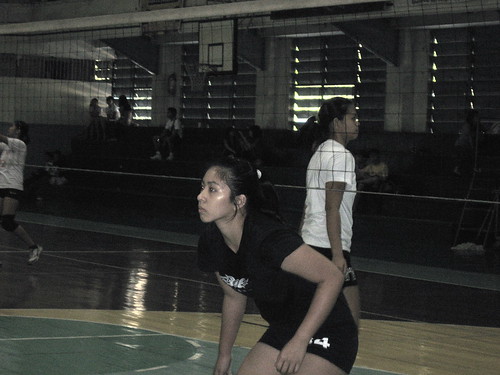
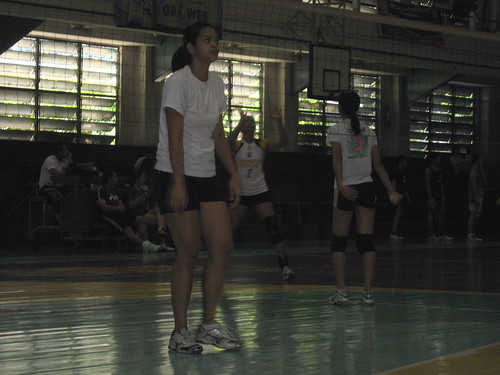
during an asalto...

Credits to owners
|
|
|
|
Post by Tom A. Saiyan on Feb 1, 2014 7:36:09 GMT
Quadri Pav under construction...


Source: Apiong of Skyscrapercity
|
|
|
|
Post by Tom A. Saiyan on Feb 1, 2014 7:37:32 GMT
  Source: Apiong of Skyscrapercity Source: Apiong of Skyscrapercity |
|
|
|
Post by Tom A. Saiyan on Feb 1, 2014 7:39:38 GMT
  Source: Apiong of Skyscrapercity Source: Apiong of Skyscrapercity |
|
|
|
Post by Tom A. Saiyan on Feb 1, 2014 7:41:00 GMT
  Source: Apiong of Skyscrapercity Source: Apiong of Skyscrapercity |
|
|
|
Post by Tom A. Saiyan on Feb 1, 2014 7:42:19 GMT
  Source: Apiong of Skyscrapercity Source: Apiong of Skyscrapercity |
|
|
|
Post by Tom A. Saiyan on Feb 1, 2014 7:43:35 GMT
  Source: Apiong of Skyscrapercity Source: Apiong of Skyscrapercity |
|
|
|
Post by Tom A. Saiyan on Feb 1, 2014 7:47:09 GMT
Despite ‘uncertainty’ on new structures
UST buildings safe from 'Haiti-like' tremor
UNIVERSITY buildings are strong enough to withstand the kind of earthquake that hit Haiti last January, but may have problem dealing with a Chile-like shock as far as “experience” is concerned.
Engineer Lawrence Pangan of the Facilities Management Office (FMO) said the buildings can handle intensity seven to intensity eight quakes, while the Main Building, the country’s first “earthquake-proof” structure, can bear up to intensity nine.
“With the innovation in engineering available, we can guarantee that new buildings like the Tan Yan Kee Student Center, Miguel de Benavides Central Library, Beato Angelico building, Thomas Aquinas Research Complex (TARC) and [the soon-to-rise] Sports Complex can last longer and endure future calamities,” Pangan said.
The newer buildings were built with the damage caused by the 1990 earthquake that hit Luzon at magnitude 7.7 as reference. It was the strongest earthquake to hit Manila.
“Adjustments in a structure’s groundwork and construction are based on this magnitude,” Pangan said.
This is the reason why intensity eight quakes are manageable, but UST may have problems dealing with the kind of tremor that hit Chile on February 27 at 8.8 magnitude.
“When a Chile-like earthquake hit UST, I am unsure whether our buildings, except the Main Building, can survive,” said College of Architecture Dean John Joseph Fernandez.
He specifically expressed doubt over the strength of new buildings like the Tan Yan Kee Student Center, TARC and the Multi-deck Carpark.
“But in terms of experience, old buildings have already withstood three major earthquakes—in 1968, 1973 and 1990. [However] new buildings are not yet ‘tested’,” Fernandez said.
While structures may withstand initial tremors of a Chile-like quake, aftershocks could be “scary.”
Intensity seven earthquakes bring slight to moderate damage to well-built structures, while intensity eight causes considerable damage in ordinary buildings, parts of which may collapse.
An earthquake’s intensity is different from its magnitude. According to the United States Geological Survey website, magnitude refers to the strength of the energy felt at the “source” of the earthquake, while intensity is the strength of the shaking at a “certain location” caused by an earthquake. The higher the magnitude of an earthquake, the higher the probable intensity it can produce.
Building a building
Pangan said building a new structure in the University like the construction of the UST Sports Complex involves several processes, one of which is soil investigation.
“The type of soil is being observed and studied since Manila’s ground is not stable,” he said.
A construction method called board piling was used for newer UST buildings. The process involves the installation of foundations as stacked piles parallel to the ground, and drilling instead of hammering them to effectively resist earth movement.
“Board piling lessens structure vibration and helps avoid serious damage,” Pangan said. “[We are] assured that buildings, whether new or old, will remain stable.”
Fernandez said structural engineers also consider that tectonic plates usually move left and right. This was taken into account in erecting the Main Building in 1927, whose construction involved the expansion joint, and mat foundation processes. Expansion joints allow seam separation or the independent swaying of structures during earthquakes. Mat foundation extends the base of a structure over a great area, frequently the entire building, where all vertical structural loadings like columns and fixtures are supported by this common foundation.
“This is why the Main Building only had superficial cracks on [its] walls after the [1990] earthquake, which were architectural in nature and not structural,” Pangan explained. “These cracks have already been remedied by injecting a certain amount of epoxy to the walls.”
He revealed that even the Main Building’s cross tower is still structurally stable, saying that rifts only appeared on the wall’s surface, not deep within.
“City building officials have actually issued a certificate, showing the stability and safety of our buildings here in UST,” Pangan said. “Our buildings’ structural components are not critically damaged, despite the appearance of some cracks.”
An ocular inspection of the Beato Angelico Building also revealed only superficial cracks, Fernandez said.
“Walls have been plastered and injected with epoxy, and remain very safe,” Fernandez said. “What is good with this building is that it has non-load bearing walls that support nothing. Meaning, regardless of visibility of cracks, ceilings and floors will not be affected, or [will not] collapse.”
Arts and Letters Dean Michael Anthony Vasco, for his part, assured students that the St. Raymund de Peñafort Building is still safe despite being built over half a century ago.
“Officials from FMO inspect our building periodically. The University will make it a point that structures are safe for Thomasians,” Vasco said.
But everyone must always be ready and know what to do in case an earthquake occurs. In the case of Artlets, Vasco has tasked professors Jose Tolentino Olivar and Dennis Coronacion as the faculty’s “crisis marshals” at the UST crisis management committee to help mobilize people during an earthquake, with the assistance of the Red Cross Youth Council. Similar moves have been taken by Architecture and the College of Fine Arts and Design.
“[Fine Arts] Dean [Cynthia] Loza and I decided to redesign our building’s fire escapes per floor as advised by the city’s fire department,” Fernandez said. “And before the school year ends or early next school year, we are planning to perform an earthquake drill.”
Vasco also said Artlets would coordinate with the administration and concerned agencies to have quake drills.
The crisis management committee has issued guidelines in case an earthquake strikes UST. They are the following:
* Drop to the ground; take cover by getting under a sturdy table or other pieces of furniture. Stay in that place until shaking stops. If there are no tables or desks near you, cover your face and head with your arms and crouch in a corner of a buiding.
* Stay away from the glass, windows, outside doors and walls, and anything that could fall, such as lighting fixtures or furniture.
* Use a doorway for shelter only if it is near you and if you know that it is a strongly supported, load bearing doorway.
* Stay inside until shaking stops and it is safe to go outside. Research has shown that most injuries occur when people inside the building attempt to move to a different location inside it or try to leave it.
Alexis Ailex C. Villamor, Jr.
Varsitarian
|
|
|
|
Post by Tom A. Saiyan on Feb 1, 2014 7:50:02 GMT
  Source: Apiong of Skyscrapercity Source: Apiong of Skyscrapercity |
|
|
|
Post by Tom A. Saiyan on Feb 1, 2014 7:52:47 GMT
  Source: Apiong of Skyscrapercity Source: Apiong of Skyscrapercity |
|
|
|
Post by Tom A. Saiyan on Feb 1, 2014 7:54:03 GMT
  Source: Apiong of Skyscrapercity Source: Apiong of Skyscrapercity |
|
|
|
Post by Tom A. Saiyan on Feb 1, 2014 7:55:24 GMT
  Source: Apiong of Skyscrapercity Source: Apiong of Skyscrapercity |
|
|
|
Post by Tom A. Saiyan on Feb 1, 2014 7:56:49 GMT
  Source: Apiong of Skyscrapercity Source: Apiong of Skyscrapercity |
|
|
|
Post by Tom A. Saiyan on Feb 1, 2014 7:58:09 GMT
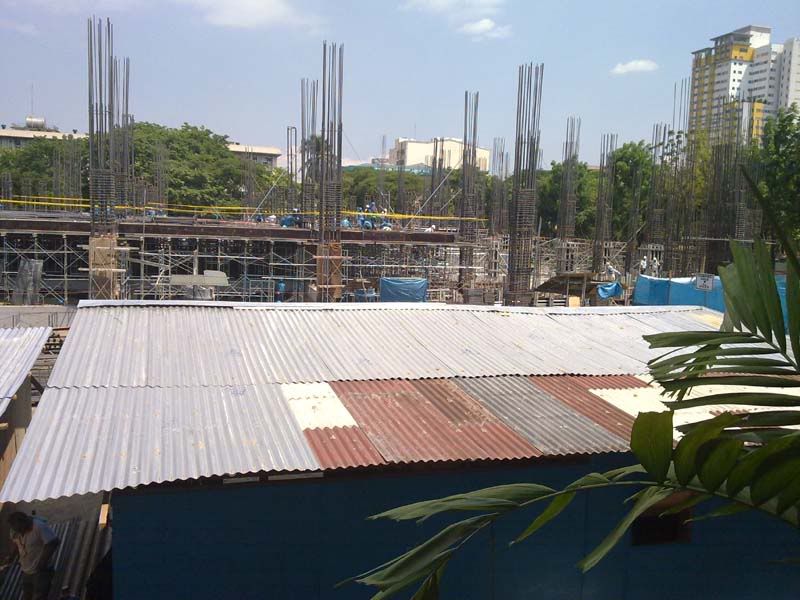 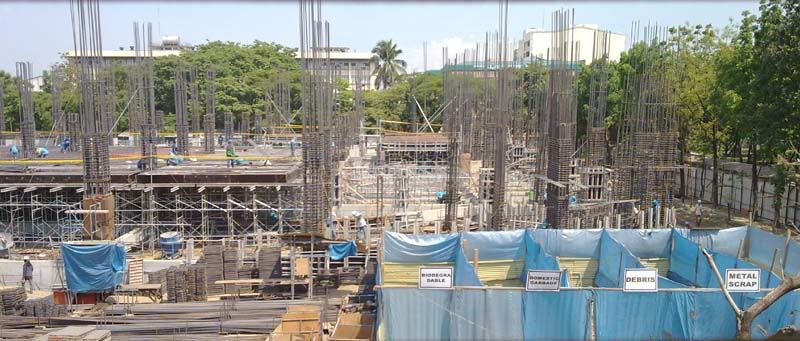 Source: bahamut zero Source: bahamut zero |
|
|
|
Post by Tom A. Saiyan on Feb 1, 2014 8:00:31 GMT
  Courtesy of Bahamut Zero Courtesy of Bahamut Zero |
|
|
|
Post by Tom A. Saiyan on Feb 1, 2014 8:05:09 GMT
 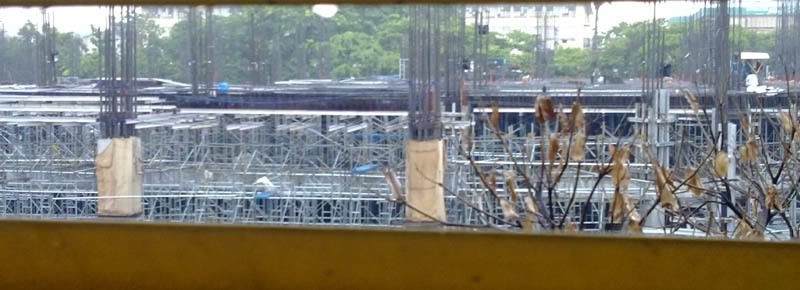 Photos by bahamut zero Photos by bahamut zero |
|
|
|
Post by Tom A. Saiyan on Feb 1, 2014 8:06:56 GMT
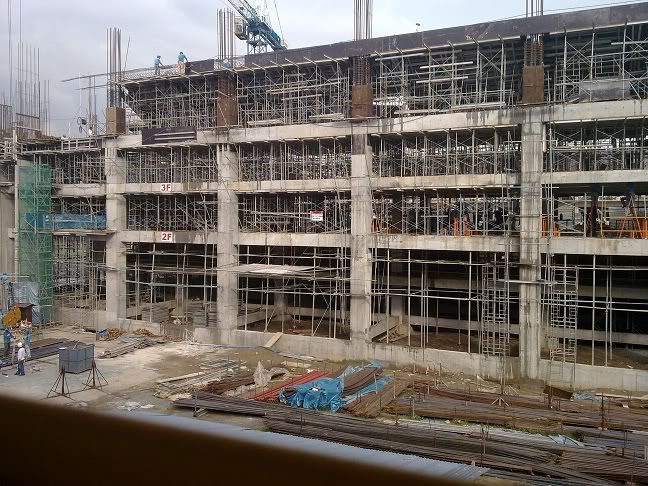 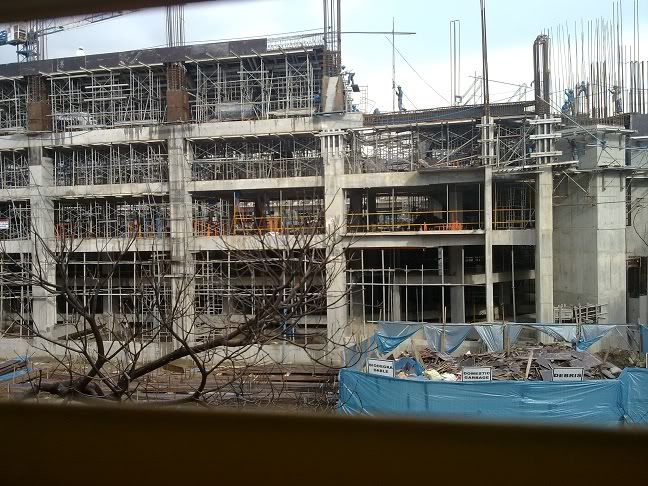 Source: bahamut zero Source: bahamut zero |
|
|
|
Post by Tom A. Saiyan on Feb 1, 2014 8:08:13 GMT
 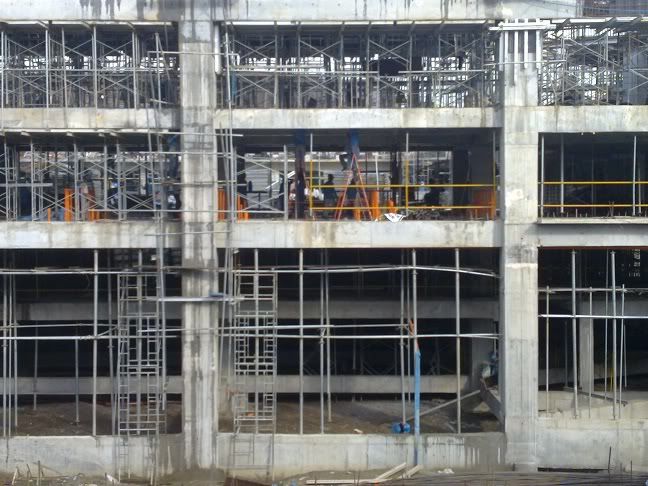 Source: bahamut zero Source: bahamut zero |
|
|
|
Post by Tom A. Saiyan on Feb 1, 2014 8:09:48 GMT
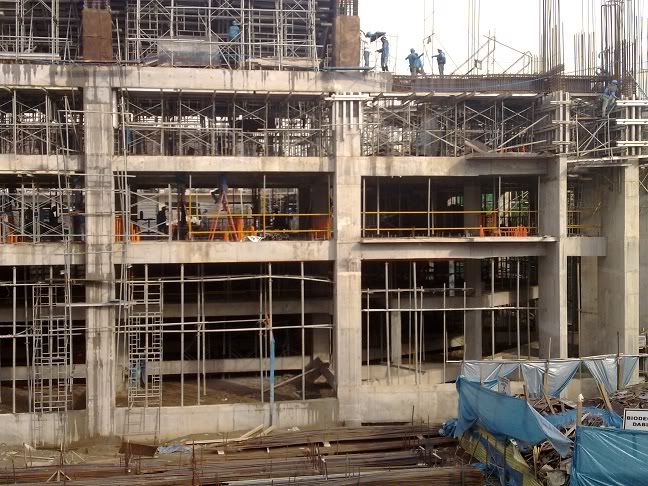 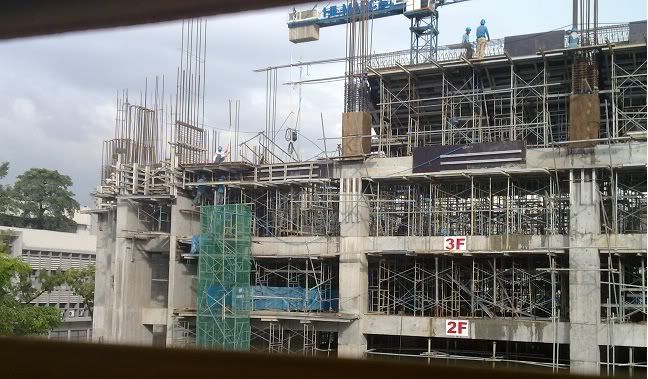 Photos taken by bahamut zero Photos taken by bahamut zero |
|
|
|
Post by Tom A. Saiyan on Feb 1, 2014 8:11:19 GMT
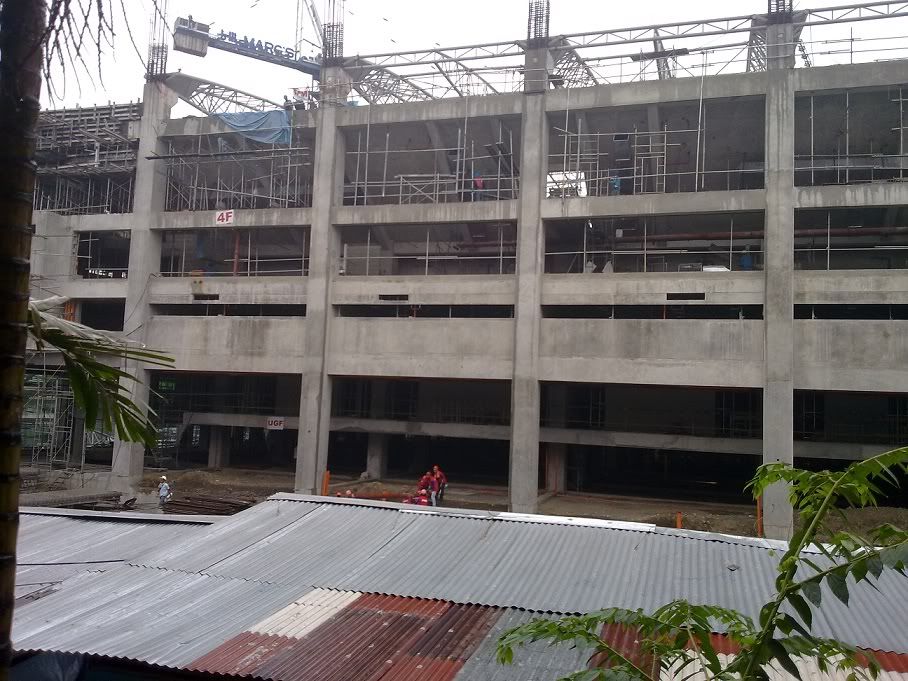 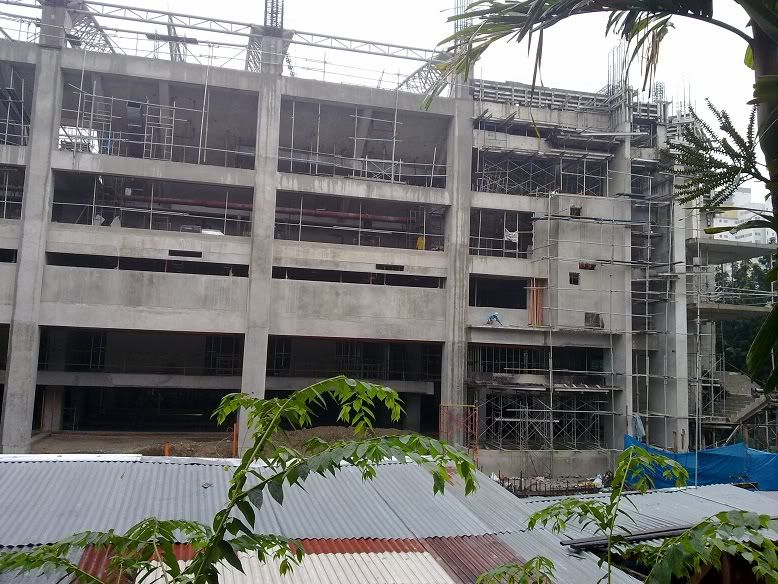 Source: bahamut zero Source: bahamut zero |
|
|
|
Post by Tom A. Saiyan on Feb 1, 2014 8:12:43 GMT
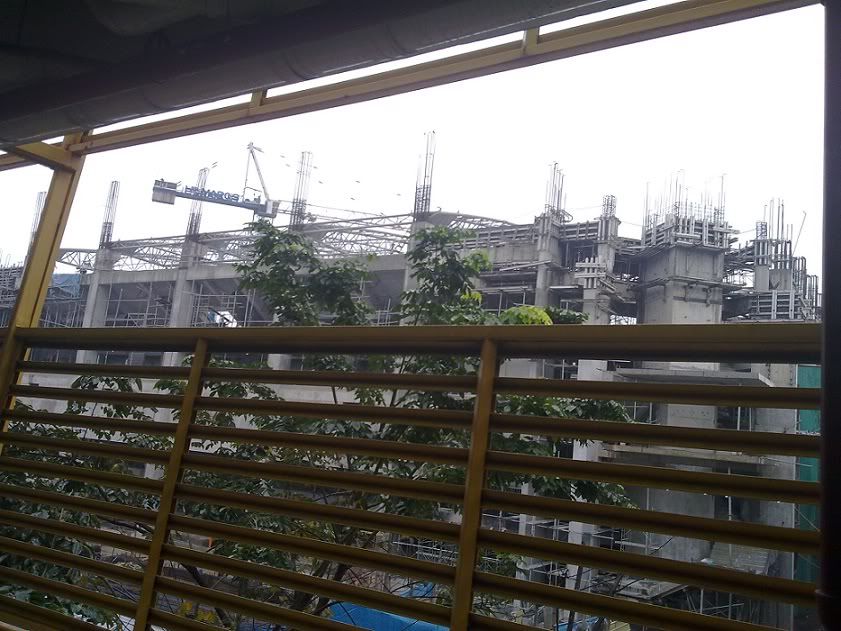 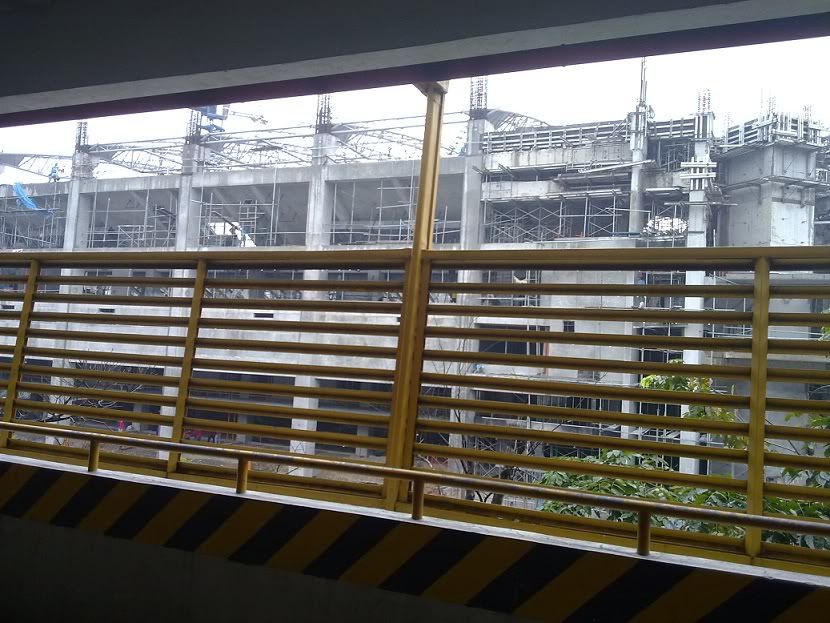 Source: bahamut zero Source: bahamut zero |
|
|
|
Post by Tom A. Saiyan on Feb 1, 2014 8:14:05 GMT
 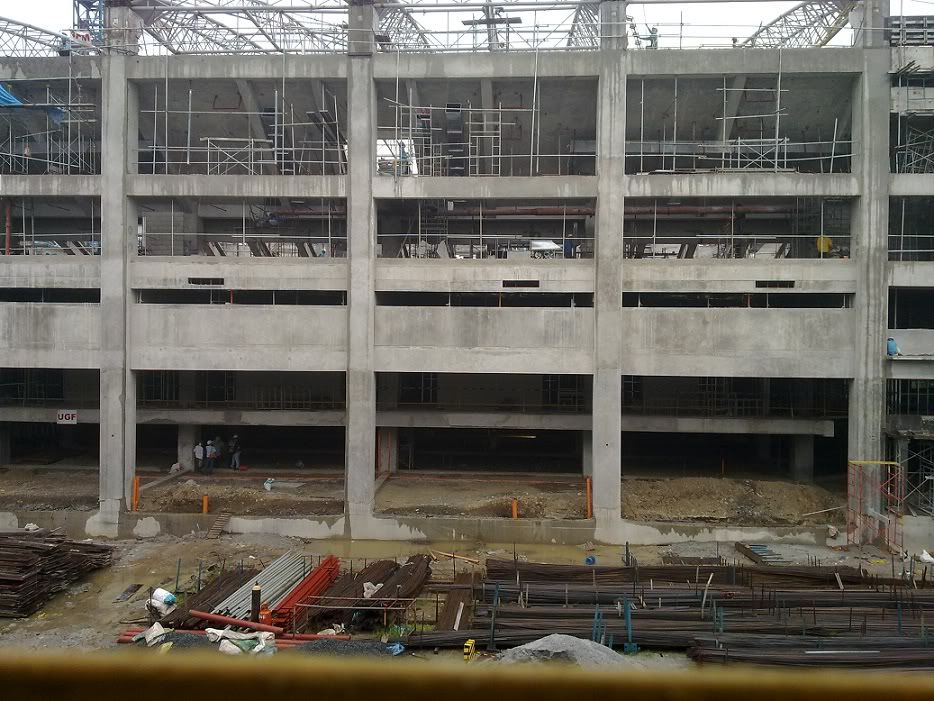 Source: bahamut zero Source: bahamut zero |
|






























































